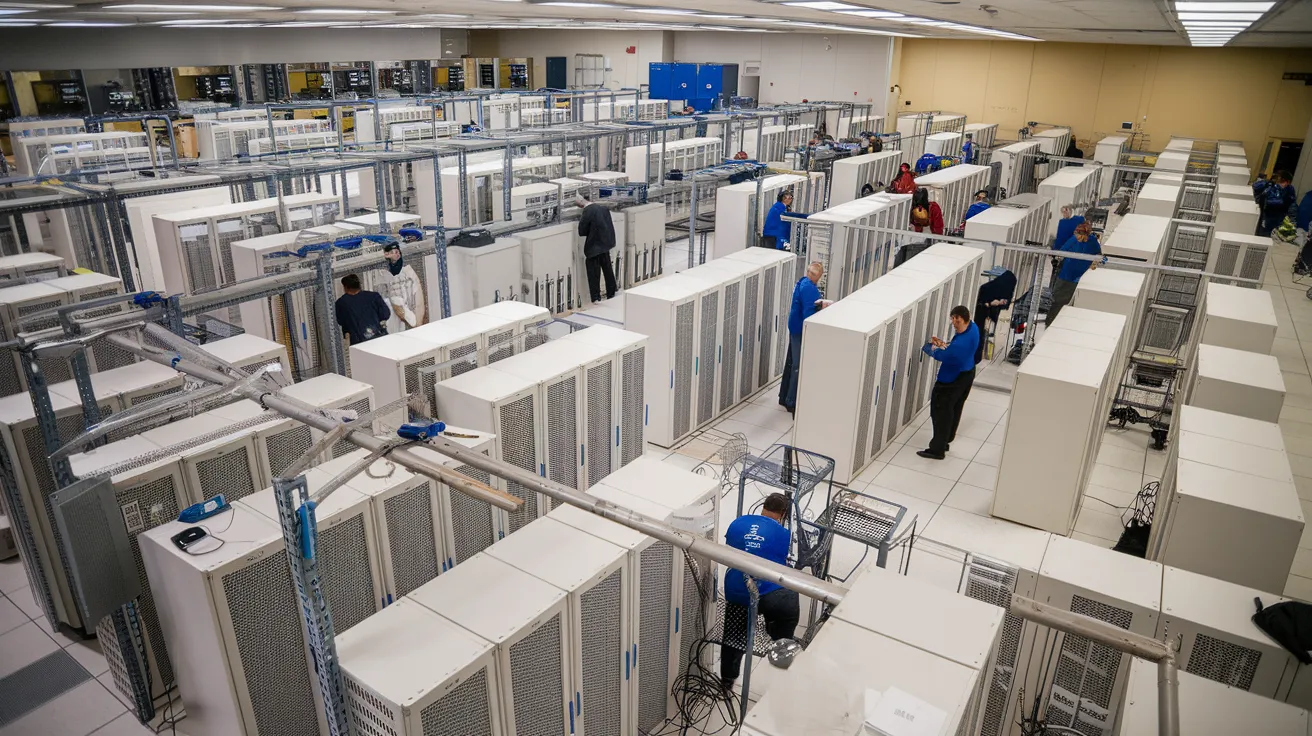AI Data Centers’ Impact on US Power Grid

The increasing number of data centers designed to support the computational demands of artificial intelligence (AI) raises significant concerns regarding their effects on the US power grid. According to a recent report from Bloomberg, there are alarming signs that these facilities might be distorting power distribution across the grid.
Utilizing data from over one million residential sensors monitored by Whisker Labs, alongside market intelligence from DC Byte, the report indicates that households experiencing the most severe power distortions are often located within 20 miles of major data center operations. This proximity appears to correlate with the phenomenon known as “bad harmonics”, which refers to the ineffective flow of electricity into residential areas.
As the report suggests, this distorted electrical supply has serious implications. It could potentially damage household appliances, heighten the risk of electrical fires, and lead to more frequent power outages, including brownouts and blackouts. This issue is magnified by the fluctuating energy demands typical of AI data centers. According to Aman Joshi, the chief commercial officer of Bloom Energy, “No grid is designed to be able to handle that kind of load fluctuation not only for one data center but for multiple data centers at the same time.” Such volatility in energy requirements challenges grid resilience and stability.
However, not everyone agrees with these findings. A representative from Chicago’s Commonwealth Edison expressed skepticism about the accuracy and foundational assumptions of Whisker Labs’ analyses, indicating that further scrutiny of these claims is essential.